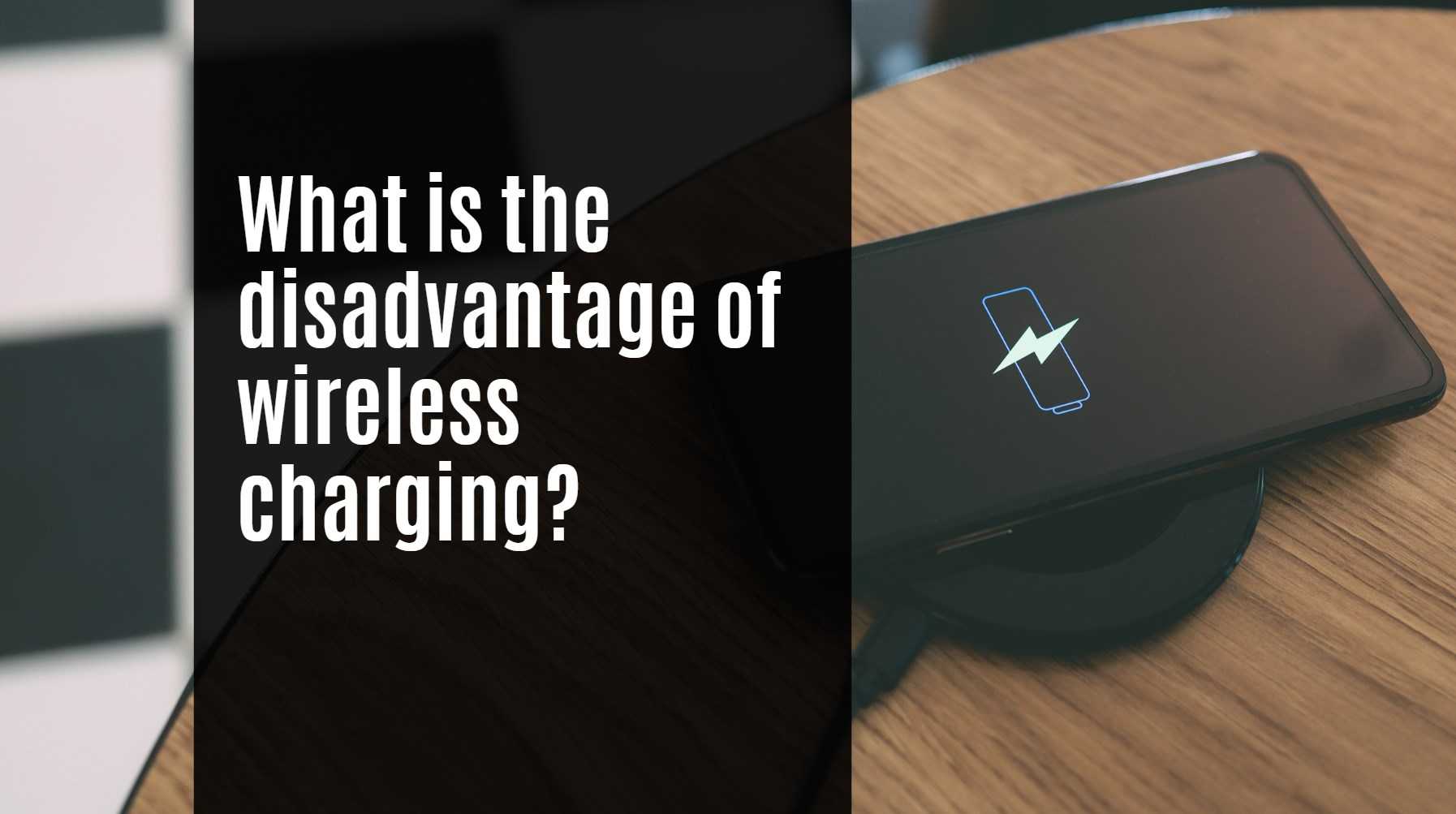Wireless charging has become increasingly popular due to its convenience and ease of use. However, it comes with several disadvantages that users should consider:
1. Charging Speed
- Slower Charging: Wireless charging is generally slower than wired charging. While wired chargers can deliver higher wattage, wireless chargers often have lower power outputs, resulting in longer charging times.
2. Heat Generation
- Overheating Risks: Wireless charging can generate more heat compared to traditional wired methods. Prolonged exposure to heat can potentially damage the device or degrade battery performance over time.
3. Efficiency Loss
- Energy Loss: Wireless charging is less efficient than wired charging, with energy loss occurring during the transfer process. This inefficiency can lead to longer charging times and increased energy consumption.
4. Alignment Issues
- Positioning Required: For effective charging, the device must be properly aligned with the charging pad. Misalignment can result in inefficient charging or no charge at all.
5. Interference with Other Devices
- Potential Disruption: The electromagnetic fields generated during wireless charging can interfere with other nearby electronic devices, potentially causing data loss or slow performance.
6. Cost
- Higher Initial Investment: Wireless chargers tend to be more expensive than traditional chargers, which may deter some users from making the switch.
7. Limited Compatibility
- Device-Specific: Not all devices support wireless charging, and some may require specific types of chargers (e.g., Qi-certified) for compatibility.
8. Safety Concerns
- Electrocution Risk: There is a potential risk of electric shock if the wireless charger is not properly installed or maintained. Additionally, foreign objects placed on the charger can cause overheating or damage.
Conclusion
While wireless charging offers convenience and ease of use, it is essential to weigh these disadvantages against your needs and preferences. Understanding these limitations can help you make an informed decision about whether to adopt wireless charging technology for your devices.




